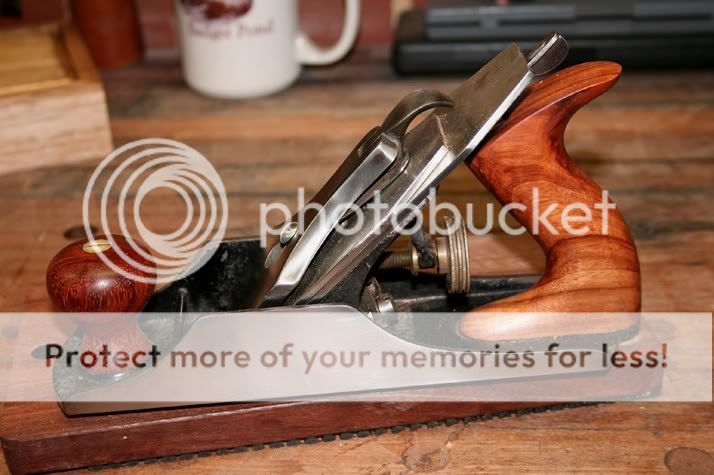Hi Neil
The reason the Bedrock #605 1/4 (Junior Jack) sold for so much was that it was a rare plane, one of the rarest. Do not equate other Bedrock planes with it. You should be able to pick up a #604 (smoother) for a quarter of that price.
There are many issues to consider in a Stanley Bedrock verses a Clifton/LN/LV Bedrock. The LV is not a true Bedrock, but is similar.
First off, the LN and LV are not cast grey iron, which is easily broken by a fall, but ductile iron, which is shock-resistant. Note that the Clifton is also cast grey iron.
The Bedrock design is indeed superior to the standard Stanley bench plane, BUT there is more to the needs of a good design than just the design of a frog.
If you are working with interlinked hardwood, you will want a higher cutting angle than the Stanley/Clifton planes can offer. Try the higher angles on the LNs or a BU plane from LN or LV.
The sum is greater than the parts. At the same time consider the parts....
I have a Stanley #604. I added a full-thickness LN blade and cap iron. That increased the mass
significantly.. The plane was fettled until tolerances were tight. This takes lots of time and expertise. I added new Rosewood tote and knob for fun (in this picture - going back to the originals). I wanted to add a LN lever cap for yet more mass, but the cost was too great for this experiment.
The result of the above was a much, much improved performance. The extra mass and tighter tolerances allowed the plane to work. I doubt whether you would get this with a standard blade or even the LN thinner Stanley Replacement blade on its own.
It's almost cheaper buying a LN than doing the above (when you tot up the extra costs involved). But, then again, you would not notice these improvements without a sharp edge and a comparison of planes on gnarly timber.
Regards from Perth
Derek


































